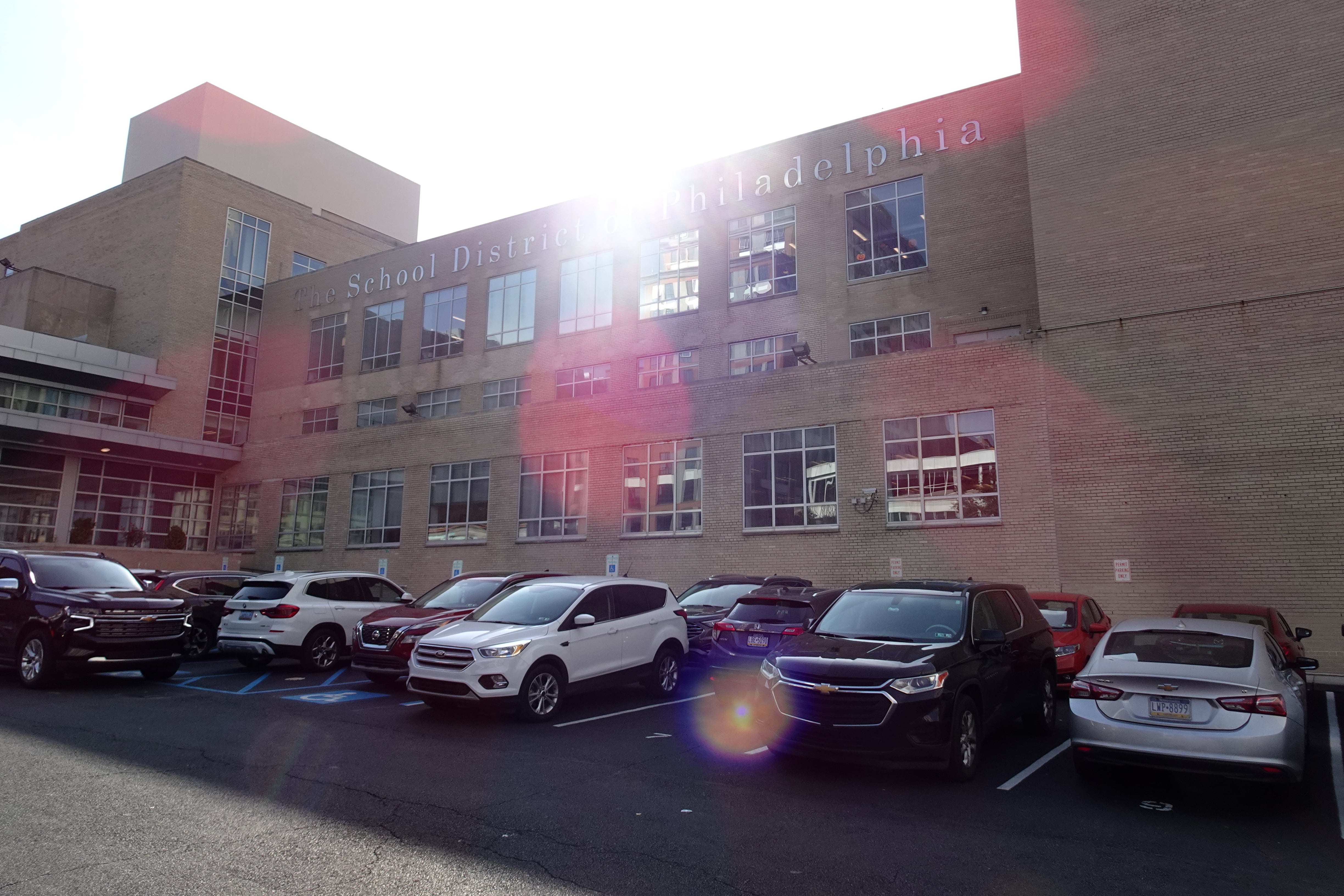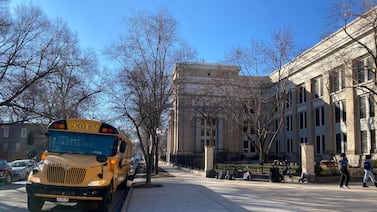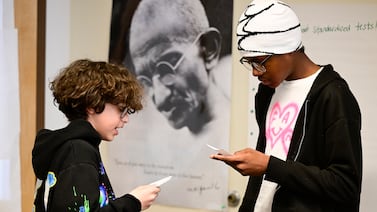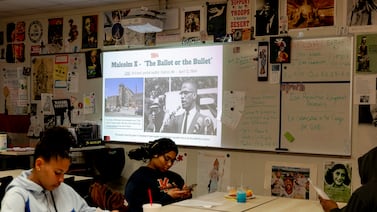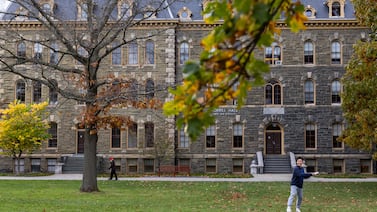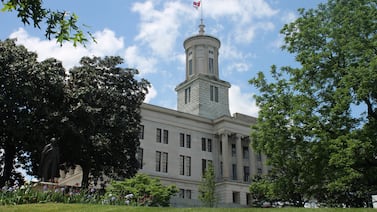The School District of Philadelphia has shared 24 locations where students and teachers could be temporarily moved if damaged asbestos and other environmental hazards force schools to close.
The “swing space master plan” released Wednesday has been in the works for several months. It includes few details, but does feature a map of the temporary locations, which are mostly other school buildings that are either in use but have extra space, or have been closed but are still owned by the district. News that those locations were under consideration as swing spaces was first reported by The Philadelphia Inquirer in November.
Oz Hill, the district’s chief operating officer, said in a letter accompanying the plan that it will guide the district’s response to “environmental hazards such as asbestos abatement, mold remediation, building maintenance, repairs, or other safety concerns.”
Asbestos remediation has closed seven school buildings in Philadelphia since the start of the 2022-2023 year, and officials have warned more closures are likely still to come. The most recent closure was Southwark Elementary last month. District experts have said at least 293 of 300 Philadelphia district buildings contain asbestos — though they said the substance is not dangerous until disturbed.
The district has come under fire from parents and activists in the city who’ve demanded a more comprehensive and transparent approach to handling these school closures.
Hill said the new master plan comes with a commitment from the district to provide a “swift response,” “minimal disruption,” “transparent communication,” and swing spaces that have been “thoroughly assessed to meet safety standards.”
Marissa Orbanek, a spokesperson for the district, said in an email the plan could be used for anything “that renders a building temporarily unsuitable for in-person learning,” including flooding, repairs, asbestos or mold abatement, or building maintenance. It could also be used for “proactive work,” such as capital improvement projects.
Here are the locations the district will use to temporarily house students in the event of a closure:
Ada Lewis Middle School
Community College of Philadelphia’s Northwest Campus
Thomas Mifflin School
Martin Luther King High School
Roosevelt Elementary School
Austin Meehan Middle School
Washington High School
Conwell Middle Magnet School Annex
Feltonville Intermediate School
Mastbaum High School
Roberto Clemente Middle School
E. Washington Rhodes Elementary School
Penn Treaty School
Anna B. Pratt Elementary School
Strawberry Mansion High School
South Philadelphia High School
W. S. Peirce Elementary
McDaniel Annex
Bartram High School
Daroff Charter School
Robert E. Lamberton Elementary School
Morton McMichael School
Overbrook High School
Tilden Middle School
Below is a map of those locations, courtesy of the School District of Philadelphia.
Carly Sitrin is the bureau chief for Chalkbeat Philadelphia. Contact Carly at csitrin@chalkbeat.org.


